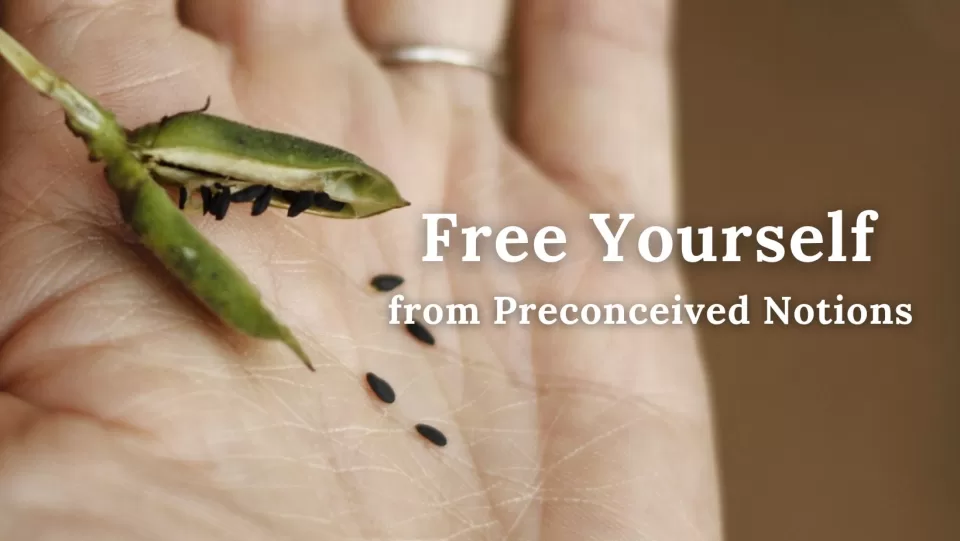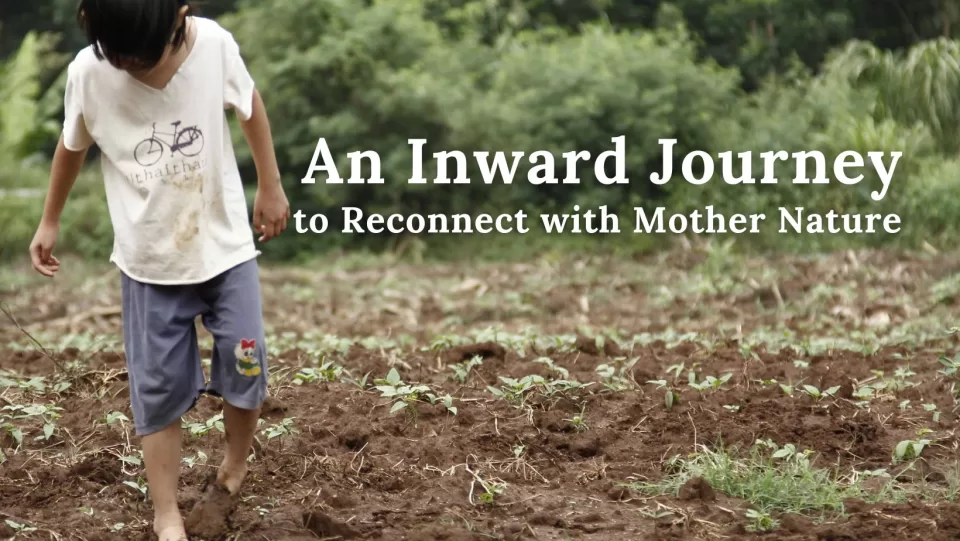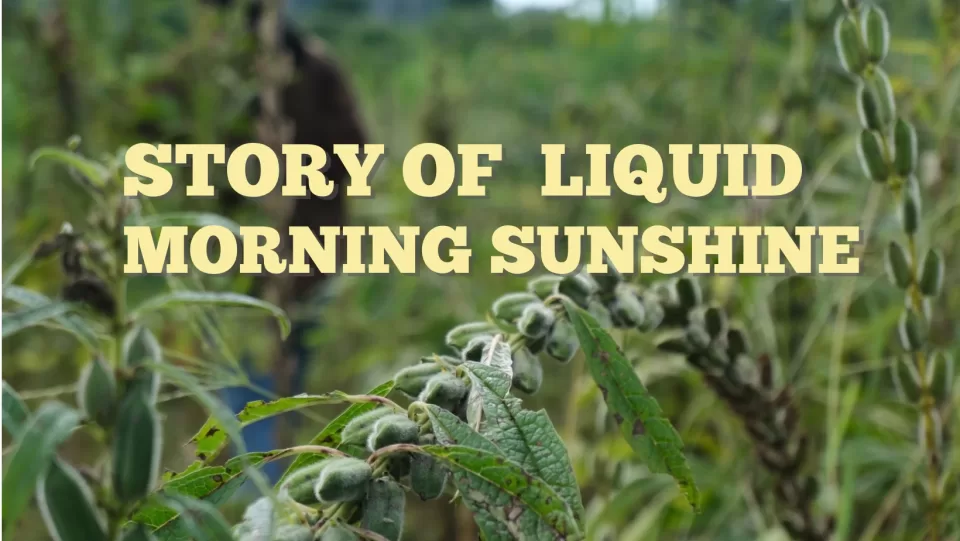Forest Fire, a Blessing in Disguise
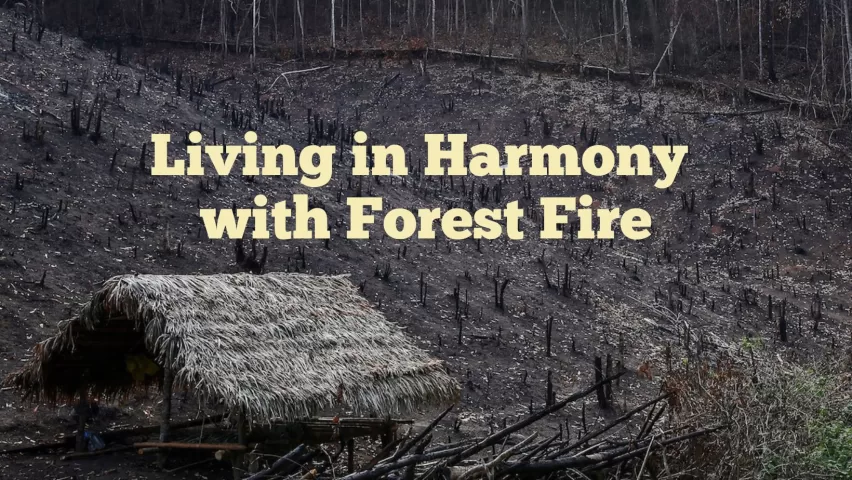
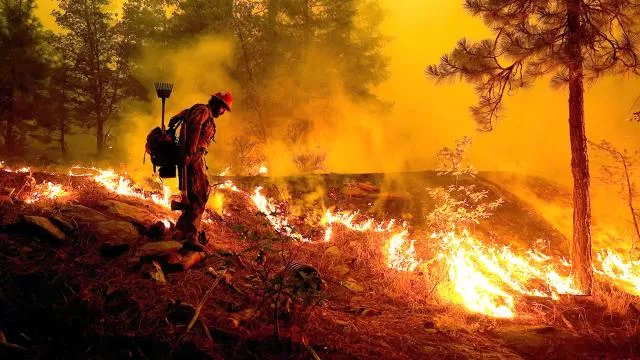
Forest Fire in Thailand credit: Thairath.com
Apart from burning charcoal in the summer, another thing that happens during this time of the year is forest fire, a large scale uncontrollable fire that occurs in the woods. The burning heat together with the drying leaves and twigs piling up on the forest floor, make a perfect fuel for the fire. Global warming escalates the problem to as the more extreme weather means an increased risk of uncontrollable forest fire.
Forest Fire
For most people, forest fire is a disaster resulting in loss of life and habitats, poor air quality deforestation, release of carbon and green house gas. However, Mother Nature paints a different picture after the burn. The fallen trees gives space and lights for the other species to flourish which absorb the released carbon. The white ashes from the fire also adds nutrients back to the forest top soil. Some plant species or even mushrooms need fire before springing up to life. As the forest fire completes the carbon cycle and adds biodiversity to the land, the cycle life and death continues. This cycle is a necessity for a sustainable growth of a forest fire.
The question is, seeing this, what the relationship between us and forest fire is like. Is it fear and resentment? Or is it hope and abundance? Should we avoid it or how can we live with forest fire knowing it is a natural cycle of life?
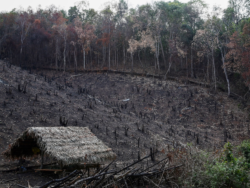
After the fire credit: Thairath.com
Understanding Forest Fire
Having lived with Karen hill tribes during our years as an NGO worker, we witness how forest fire management is traditionally done first hand. While their traditional slash-and-burn practices is often blamed as the source of the fire, recent research shows that this traditional wisdom is actually doing the opposite; it saves the forest from the uncontrollable wild fire and can even absorb the atmospheric carbon, increase biodiversity and add nutrients to the land. In contrary, the fear of wild fire is in fact to be blamed for the uncontrollable wild fire that’s happening across the North of Thailand right now.
Shifting Agriculture: Indigenous Wisdom
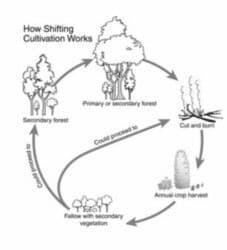
Shifting Agriculture Credit: Fox, Jefferson
This sustainable form of slash-and-burn practice is called shifting cultivation, a traditional agricultural practice that has been used for at least a thousand years by various cultures around the world, including some Karen communities in Southeast Asia.
Shifting cultivation is a process where small sections of a forest are cut down during the dry season, and then burned before the rainy season to clear the site and release nutrients. The cleared land is then used for cultivation and harvesting for a few years before being left fallow to allow for the regrowth of secondary forest. Rather than continuously clearing new land, farmers rotate through the same plots, moving on to clear another patch of land after the harvest season is over.
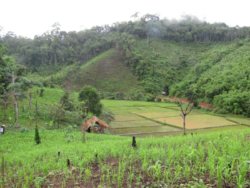
Fallow credit: chiangmainews.co.th
Shifting Agriculture and Biodiversity
Contrary to the common belief that fallowed land is degraded, it is actually home to a diverse range of plant and animal species.. These species are unique to this type of environment and not dominated by any one species. Secondary forests within swidden fallows are composed of up to three canopy layers, including older trees from the previous fallow forest, younger trees that sprouted from earlier cut trees, and newly grown trees from seeds. The swiddening environment is a complex and dynamic one, with uneven ages and structural diversity. It is made up of a succession of stages that rapidly replace each other, creating a diverse and vibrant ecosystem.

Fallowed tree cycle credit: Fox, Jefferson
Shifting Agriculture and Carbon Emission
According to World Resource Institute, while the burning of biomass in shifting cultivation does contribute to carbon emissions, focusing only on this aspect is misleading. It overlooks the critical role of vegetation in carbon absorption or sequestration. To fully understand the impact, both carbon output and absorption must be considered. Shifting cultivation systems actually have high carbon absorption due to their maintenance and enhancement of vegetation, including trees in the cropping cycle.
Threat to Shifting Agriculture
For decades, governments and international leaders have tried to modernize the way farming was done as they consider shifting agriculture as backward and inefficient. National policies that promote permanent monoculture fields, including the introduction of exotic crops, together with the increasing need and opportunities for cash, are causing farmers to abandon traditional shifting cultivation methods and adopt permanent agriculture.
The banning of burn and slash means farmers are not able to rotate their land use. Hence, many are forced to change to permanent agriculture which poses a more serious threat to soil degradation. And as a result, they have to rely on the fertilizer industry. Meanwhile, once the forest fire is ban, there’s a higher chance of uncontrollable forest fire and hence deforestation. This shift in agricultural practices is actually the real threat not only on shifting agriculture can leave a devastating ecological consequences.
Our first-hand experience with the Karen tribe proves that with a proper management, humans can play an important role in managing the natural cycle of things on earth. As we move out to live in the city, the notion of forest fire often stirs fear and agitation as the understanding of the natural world disappears.
For us, as we still maintain a strong tie with our Karen friends and family, stories like this touches our heart deeply. It is part of the reason why we continue our work as an organic and regenerative farmer who preserves the traditional knowledge as many ways as we can. We hope that by sharing our the gift of our land and stories like this, people can understand Mother Nature a bit more and our relationship with Mother Earth will be healed.
Other resources
Fox, Jefferson;, How Blaming ‘Slash and Burn’ Farmers is Deforesting Mainland Southeast Asia by Analysis , the East-Waste Center Issue 40; 2000
GLEB RAYGORODETSKY, These Farmers Slash and Burn Forests—But in a Good Way, National Geographic; MARCH 8, 2016
Sydney Allen, Slash And Burn: Learning To Farm Sustainably After Indonesia’s Wildfires, FED; July, 2021
Thrupp, Lori Ann et al. 1997. The Diversity and Dynamics of Shifting Cultivation: Myths, Realities, and Policy Implication. Washington, D.C.: World Resources Institute


